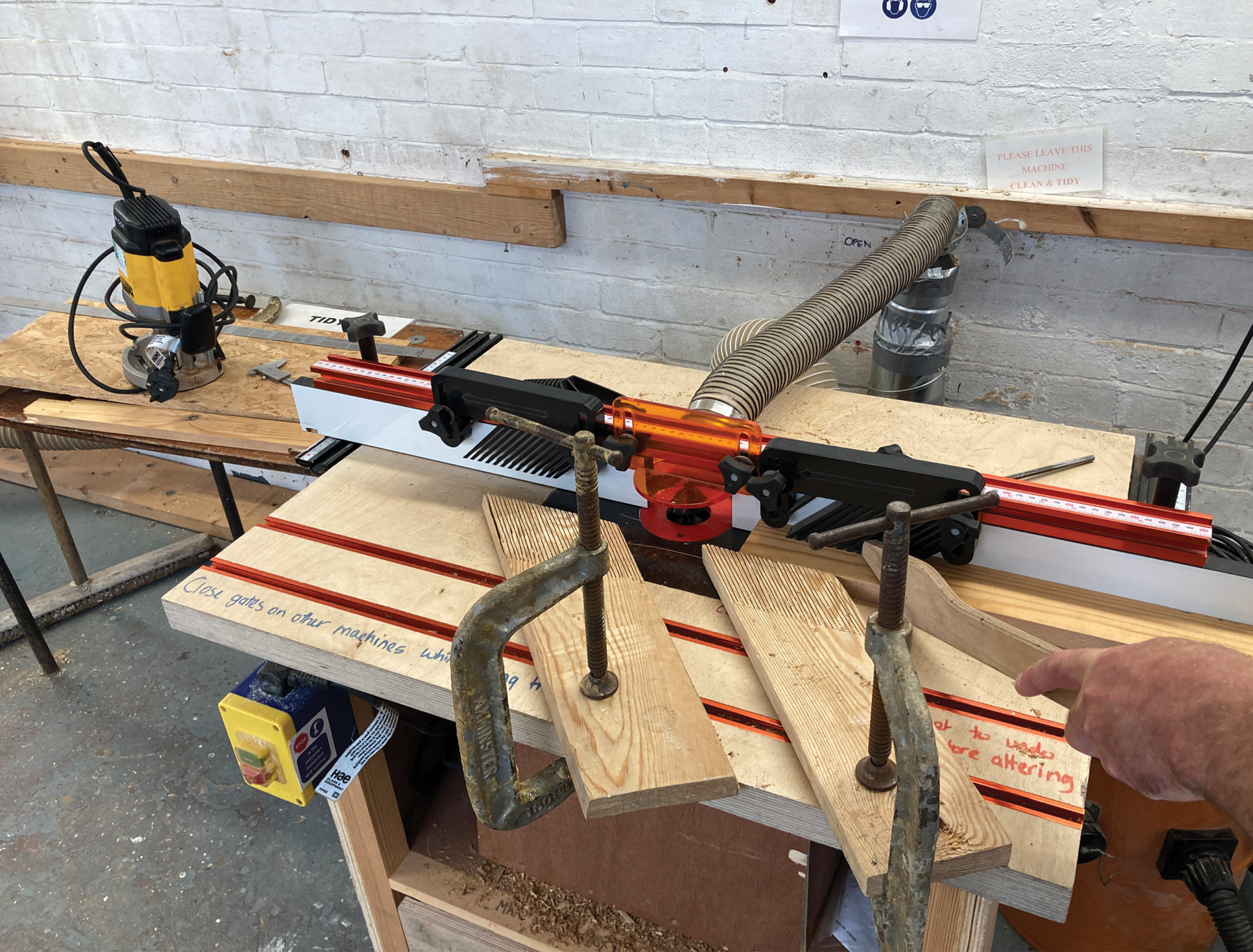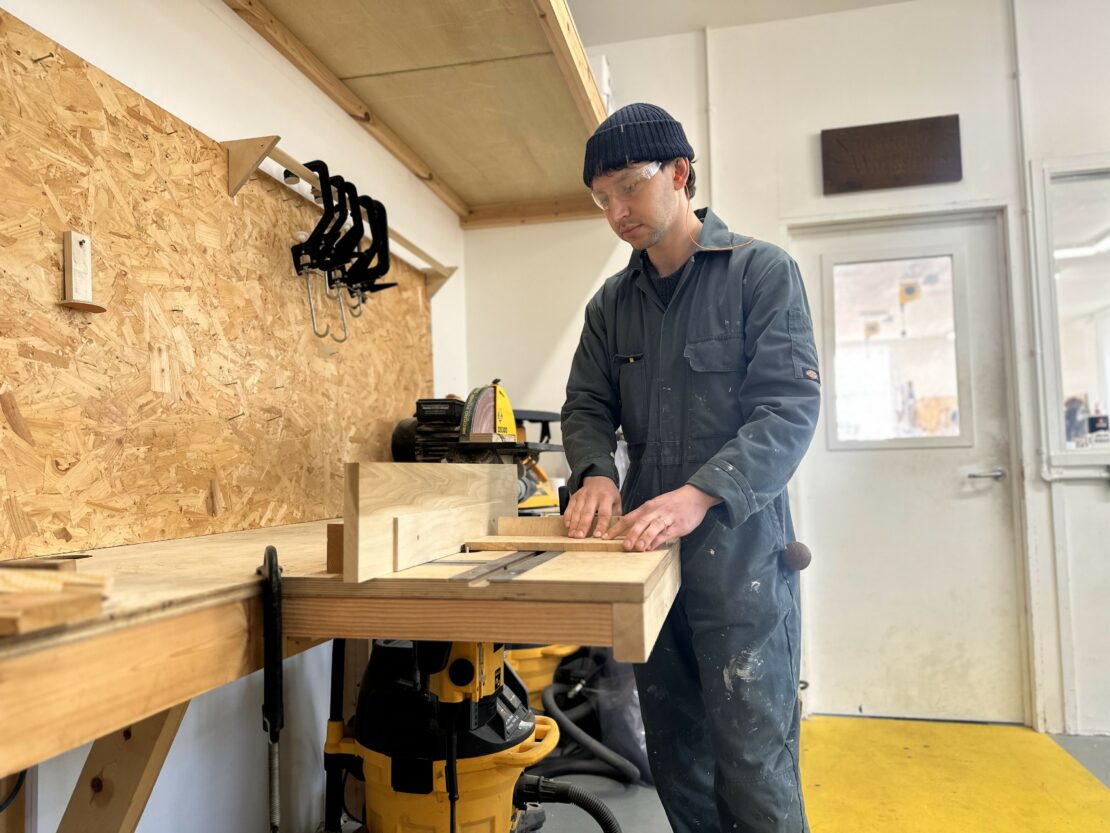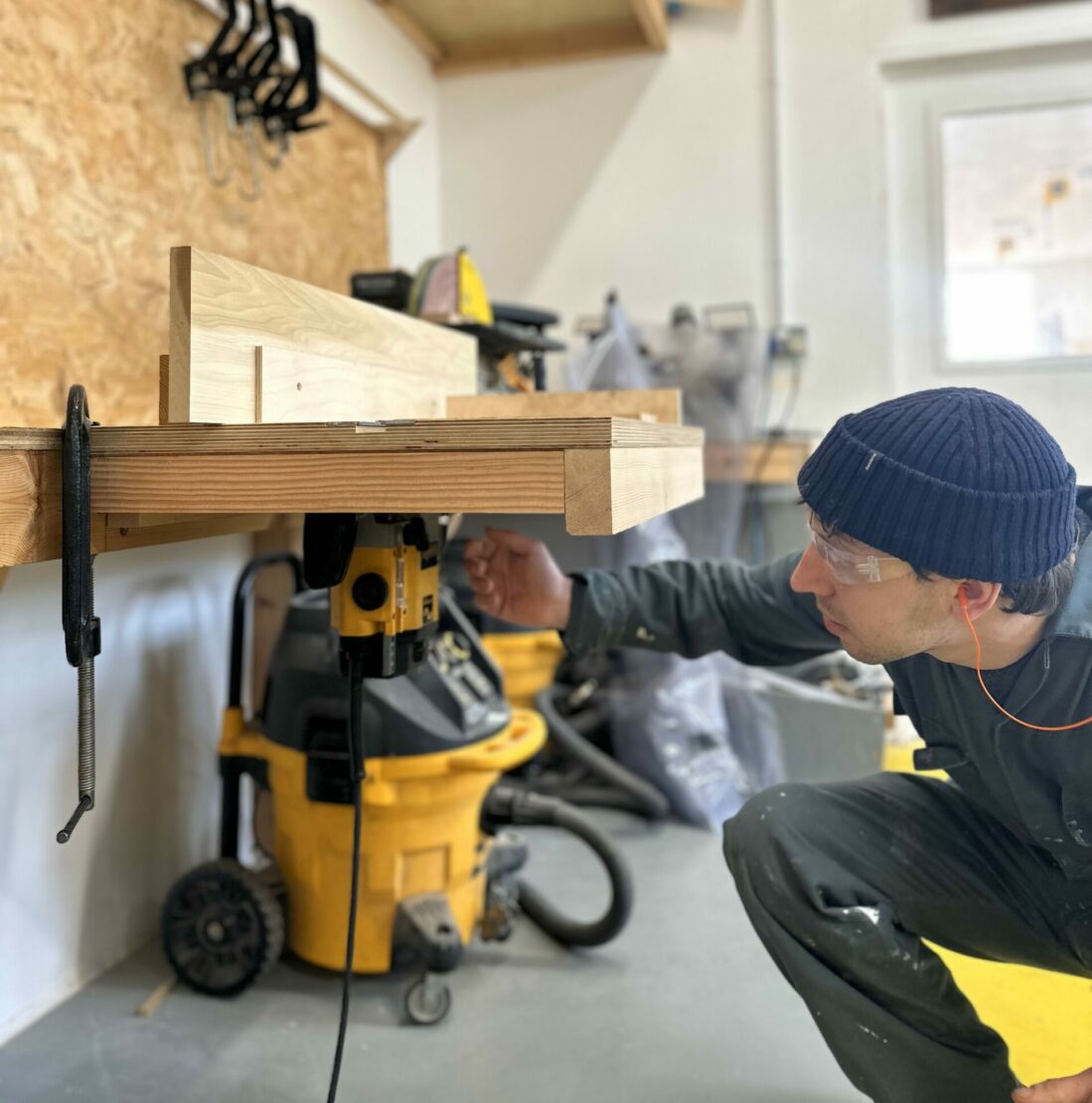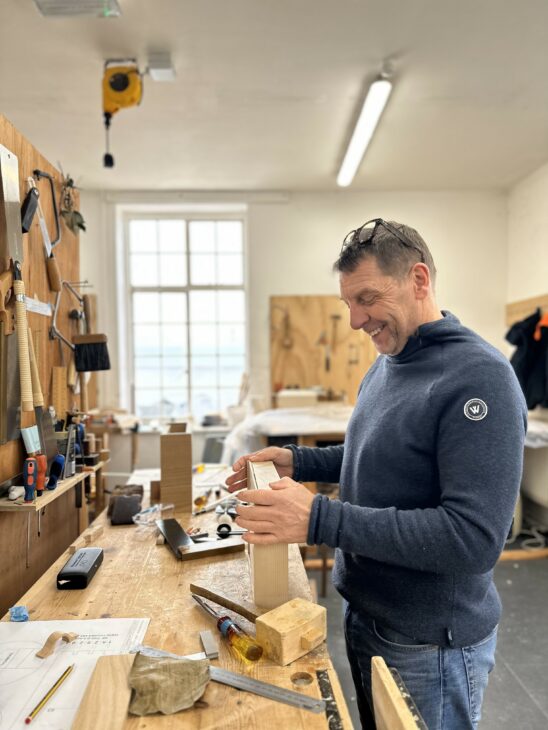About this course
Maybe you already own a router and are unsure of what to do with it, maybe you’ve used it for simple jobs like fitting kitchen worktops and are wondering what else you can do with it, or maybe you’re just considering owning one but don’t know what they are capable of. This course aims to give you an understanding of safe router use and exactly how versatile a tool it can be for any number of projects, from simple moulding jobs to more complicated joint making and shaping.
Routers and cutters will be provided, but if you have a router of your own you wish to discuss or understand, please feel free to bring it with you.
The course aims to:
- Give an understanding of the range of routers available, such as different sizes, power ratings and base configurations, and how they can be used for a variety of tasks.
- Inform on how to set-up and use routers safely, including use of protective equipment and dust control.
- How to correctly secure or handle a workpiece when hand or table routing.
- The different methods of working with a router, guided handheld, free-hand, edging, using templates or jigs, plunge cutting and using table mounted routers.
- Selecting the appropriate cutter for the job, cut direction and speed, and the different shank sizes.
- Different types of guided cutting, bearings, inserts and specialist equipment such as trammels.
As part of the course, you will produce a simple project piece.
If you are thinking about joining a short course we are always happy to discuss which course or series of courses are appropriate for you. Unless specified, you will not need to bring anything else with you. Sensible clothing/footwear is advised.
The first day the course starts at 0900.
After the first day all courses run to the normal workshop times of: 0830 to 1730
- Tea breaks at 1030 and 1530
- Lunch 1300 to 1400
- 1530 on the last day





